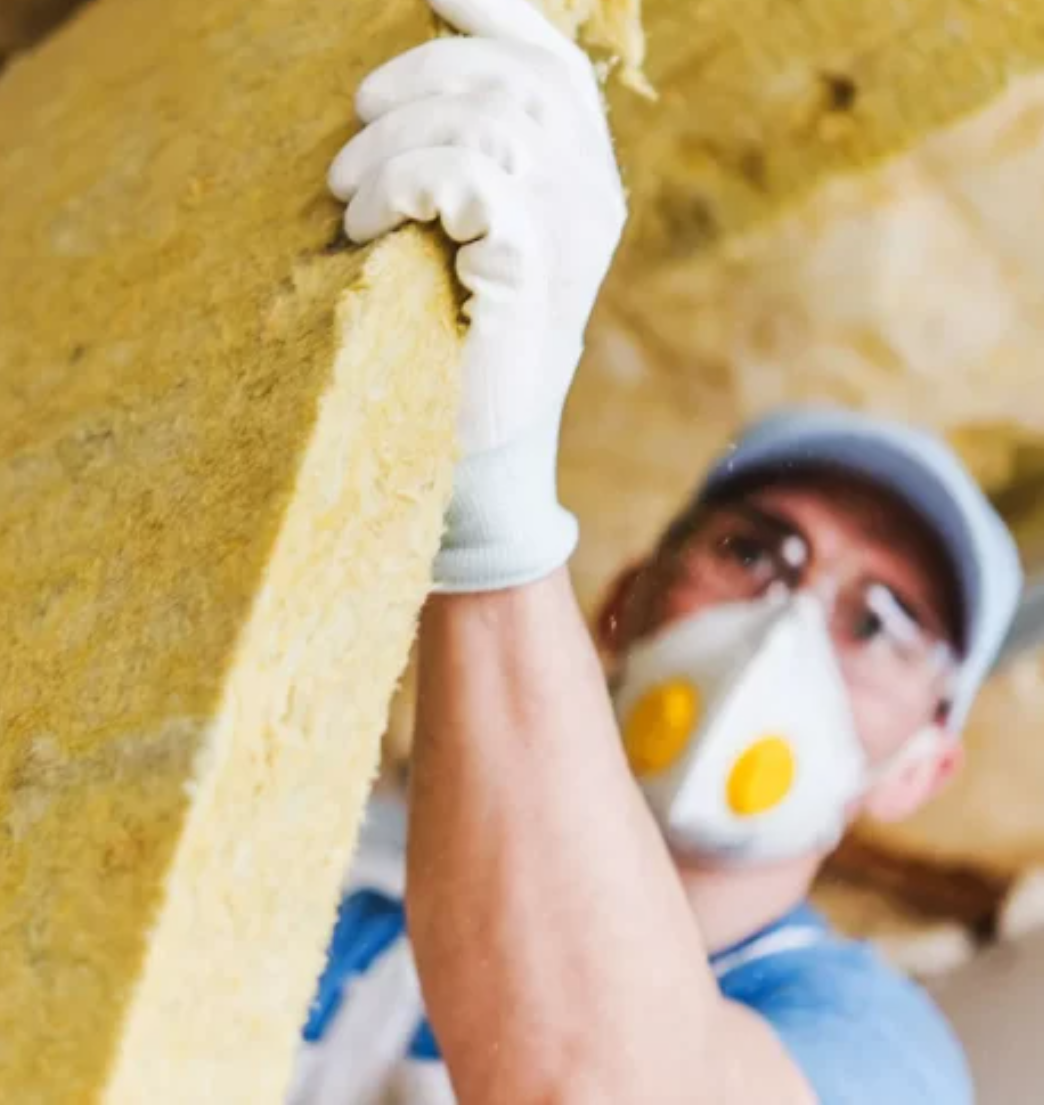During insulating your home, it’s crucial to avoid common errors that can compromise the effectiveness of your facade insulation. This complex task requires precision and attention to detail, as mistakes can lead to significant issues.
Choosing the Right Insulation Thickness:
Homeowners often make the error of deciding on the thickness of their facade insulation without considering the dew point. If the insulation is too thin, moisture can condense inside the walls, causing mold. To fix this, you may need to increase the insulation thickness, which could mean substantial changes to the facade.
Preparing the Base Correctly:
Failing to properly prepare the base surface is another pitfall. Skimping on primer or not cleaning the walls thoroughly can weaken the bond between the insulation material and the wall, leading to potential delamination.
Adhering to Proper Techniques:
Violating proper insulation techniques can lead to cracks in the facade, peeling of the decorative layer, and insulation failure. It’s important to apply glue correctly to foam or mineral wool, covering at least 60% of the surface. Seams should be sealed with mounting foam, not glue, and reinforcing mesh must be fully embedded in adhesive on both sides.
Applying Primer Paint:
Before adding decorative plaster, it’s essential to use primer paint. This step improves the adhesion between the plaster and the base and provides a moisture-resistant layer.
By avoiding these pitfalls, you can ensure that your home’s insulation is effective and durable. Remember, taking the time to do it right will save you from costly repairs in the future.
Insulating During Rainfall
When insulating your home, it’s essential to avoid common errors that can compromise the effectiveness of your facade insulation. This complex task requires precision and attention to detail, as mistakes can lead to significant issues.
Here are some key points to consider:
- Choosing the Right Insulation Thickness:
- Homeowners often make the mistake of deciding on the thickness of their facade insulation without considering the dew point.
- If the insulation is too thin, moisture can condense inside the walls, leading to mold growth.
- To address this, you may need to increase the insulation thickness, which could require substantial changes to the facade.
- Properly Preparing the Base:
- Failing to prepare the base surface correctly is another common pitfall.
- Skipping primer or not cleaning the walls thoroughly can weaken the bond between the insulation material and the wall, potentially causing delamination.
- Adhering to Proper Techniques:
- Violating proper insulation techniques can result in cracks in the facade, peeling of the decorative layer, and insulation failure.
- Ensure that glue is applied correctly to foam or mineral wool, covering at least 60% of the surface.
- Seal seams with mounting foam rather than glue, and fully embed reinforcing mesh in adhesive on both sides.
- Applying Primer Paint:
- Before adding decorative plaster, use primer paint.
- This step improves adhesion between the plaster and the base and provides a moisture-resistant layer.
By avoiding these pitfalls, you can ensure that your home’s insulation is effective and durable. Remember that taking the time to do it right will save you from costly repairs in the future.
Check the next Post: How to help birds survive the cold




